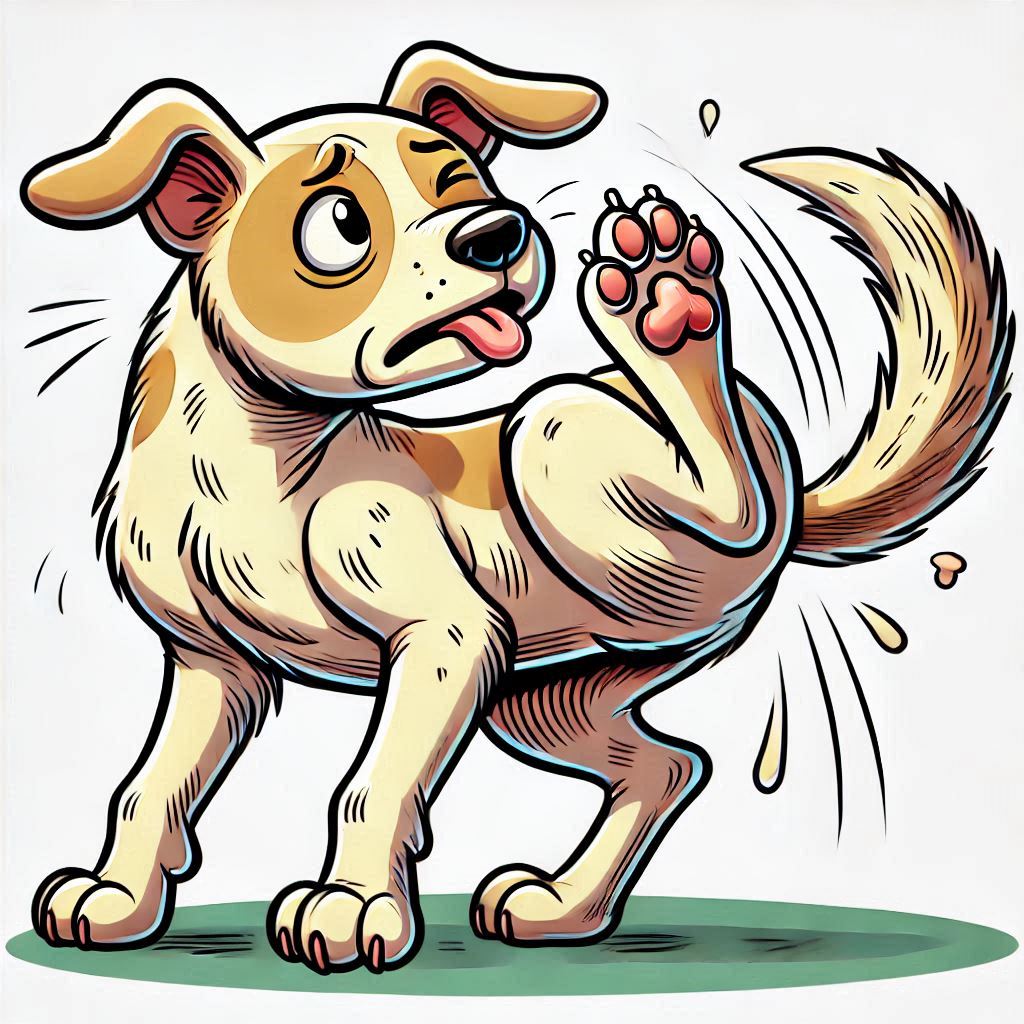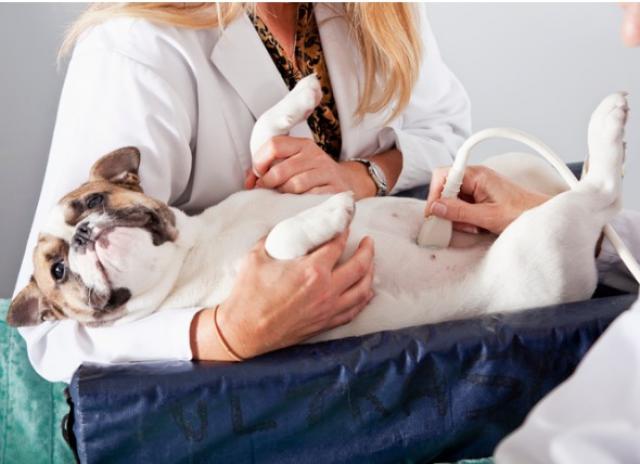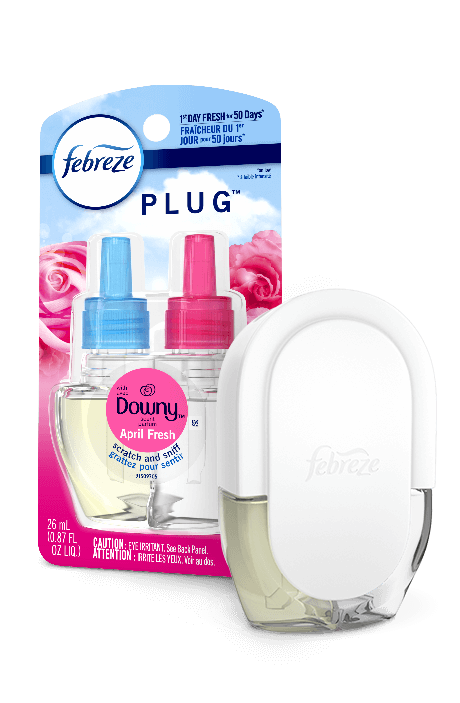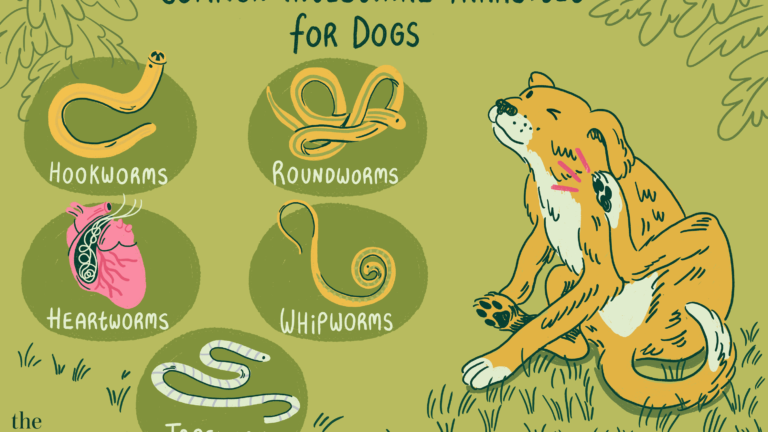Understanding Why Dogs Scratch: A Comprehensive Guide
Scratching is a common behavior among dogs, but when it becomes excessive, it can be a sign of an underlying issue. As a pet owner, understanding the reasons behind your dog’s scratching can help you address the problem effectively. In this blog, we’ll explore the various reasons why dogs scratch, provide real-life examples, and offer tips to manage and prevent excessive scratching.
Common Causes of Scratching in Dogs
Fleas and Parasites
One of the most common reasons dogs scratch is due to fleas and other parasites like ticks and mites. These pests can cause intense itching and discomfort, leading your dog to scratch incessantly. For instance, if you’ve noticed your dog scratching behind their ears or at the base of their tail, it could be due to flea bites. Flea infestations can be identified by tiny black specks (flea dirt) on your dog’s skin or fur. Regular use of flea prevention treatments can help keep these parasites at bay.
Allergies
Dogs can suffer from allergies just like humans. These allergies can be triggered by various factors such as food ingredients, environmental elements like pollen, dust mites, or even certain grooming products. For example, if your dog starts scratching their belly or licking their paws excessively after a walk, they might be allergic to grass pollen. Identifying and eliminating the allergen from your dog’s environment can help reduce scratching. Consulting a veterinarian for allergy testing and appropriate treatment options is also advisable.
Dry Skin
Dry, flaky skin can be another reason for your dog’s scratching. This can be caused by changes in weather, poor diet, or inadequate grooming. For instance, during the winter months, the dry indoor air can strip moisture from your dog’s skin, leading to itchiness. Providing your dog with a balanced diet rich in omega-3 fatty acids and using a humidifier in your home can help alleviate dry skin. Regular grooming and moisturizing shampoos can also keep your dog’s skin healthy and itch-free.
Skin Infections
Bacterial and fungal infections are common culprits behind a dog’s itching. These infections can cause redness, swelling, and intense itching, prompting your dog to scratch and bite at the affected areas. For example, if your dog has a small cut that gets infected, it can lead to itching and discomfort. In such cases, it’s essential to seek veterinary care for proper diagnosis and treatment. Antibiotics and antifungal medications may be prescribed to treat the infection and relieve your dog’s symptoms.
Hot Spots
Hot spots, also known as acute moist dermatitis, are areas of inflamed and infected skin that can be very itchy and painful for your dog. These spots can develop quickly and often result from excessive licking, scratching, or chewing. For instance, a dog with a flea allergy might scratch so much that they create a hot spot on their flank. Treating hot spots involves cleaning the area, preventing your dog from licking or scratching it, and addressing the underlying cause. A veterinarian may recommend topical treatments, antibiotics, or anti-inflammatory medications to help the hot spot heal.
Behavioral Reasons
Sometimes, dogs scratch due to behavioral reasons such as boredom, anxiety, or habit. For instance, a dog left alone for long periods might develop a habit of scratching out of boredom. Providing your dog with plenty of mental and physical stimulation, such as interactive toys, regular exercise, and training sessions, can help reduce boredom-related scratching. If anxiety is the cause, working with a professional dog trainer or behaviorist can help address the issue.
Examples and Real-Life Scenarios
Case of Flea Infestation:
Sarah noticed her Golden Retriever, Max, scratching and biting at his tail incessantly. Upon closer inspection, she found tiny black specks on his fur, indicating a flea infestation. After consulting with her veterinarian, Sarah started Max on a monthly flea prevention treatment, bathed him with a flea shampoo, and thoroughly cleaned her home to eliminate any remaining fleas. Within a few weeks, Max’s scratching subsided, and he was back to his happy, playful self.
Food Allergy Incident:
Tom’s Beagle, Daisy, began scratching her ears and licking her paws excessively after meals. Concerned, Tom took Daisy to the vet, who suggested an elimination diet to identify potential food allergens. After a few weeks of careful monitoring, Tom discovered that Daisy was allergic to chicken. He switched her to a hypoallergenic diet, and Daisy’s scratching significantly decreased.
Winter Dry Skin:
During the winter months, Emily noticed her Labrador, Bella, scratching more than usual. Bella’s skin looked dry and flaky, especially around her belly and back. Emily added a fish oil supplement to Bella’s diet to boost her skin health and used a moisturizing shampoo during baths. She also placed a humidifier in her home to combat the dry indoor air. Bella’s skin improved, and her scratching reduced.
Hot Spot Emergency:
Jake’s Boxer, Rocky, developed a hot spot on his neck after a summer hike. The area was red, inflamed, and Rocky couldn’t stop scratching it. Jake took Rocky to the vet, who cleaned the hot spot, prescribed antibiotics, and advised Jake to prevent Rocky from scratching the area with an E-collar. Within a few days, the hot spot started to heal, and Rocky was more comfortable.
Tips to Manage and Prevent Scratching
- Regular Parasite Control: Use flea and tick prevention treatments consistently to protect your dog from parasites.
- Balanced Diet: Ensure your dog is eating a nutritionally balanced diet that supports healthy skin and coat.
- Frequent Grooming: Regular brushing and bathing with moisturizing shampoos can help maintain your dog’s skin health.
- Environmental Management: Keep your home clean and minimize exposure to potential allergens like pollen and dust mites.
- Mental and Physical Stimulation: Provide your dog with plenty of exercise, interactive toys, and mental challenges to prevent boredom-related scratching.
- Veterinary Care: If your dog’s scratching persists or is accompanied by other symptoms, seek veterinary care for proper diagnosis and treatment.
FAQs
1. How can I tell if my dog has fleas?
Look for signs such as excessive scratching, biting, or licking, particularly around the base of the tail and behind the ears. You may also notice tiny black specks (flea dirt) on your dog’s skin or fur.
2. Can my dog’s food cause allergies and itching?
Yes, dogs can develop allergies to certain food ingredients. Common allergens include chicken, beef, dairy, and grains. An elimination diet can help identify the specific allergen.
3. What can I do to help my dog’s dry skin?
Provide a balanced diet rich in omega-3 fatty acids, use a humidifier in your home, and bathe your dog with moisturizing shampoos. Regular grooming can also help maintain healthy skin.
4. Are hot spots dangerous for my dog?
Hot spots can be painful and lead to more serious infections if left untreated. It’s essential to clean the area, prevent your dog from licking or scratching it, and seek veterinary care for appropriate treatment.
5. How can I prevent boredom-related scratching?
Ensure your dog gets plenty of mental and physical stimulation through regular exercise, interactive toys, and training sessions. Spending quality time with your dog can also help alleviate boredom.
Summary
Understanding why dogs scratch and addressing the root cause can significantly improve your dog’s quality of life. By taking proactive steps and seeking veterinary care when necessary, you can help your furry friend stay comfortable and itch-free. Remember, a happy, healthy dog is a scratch-free dog!
“`








